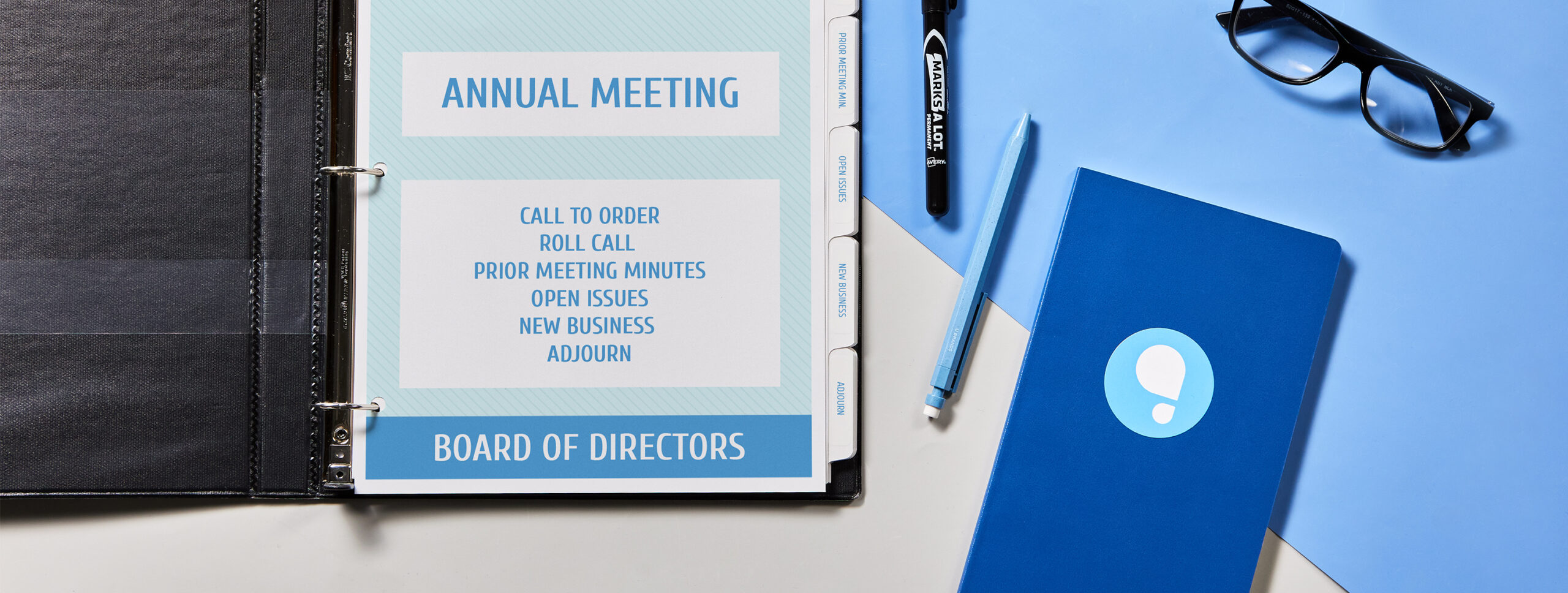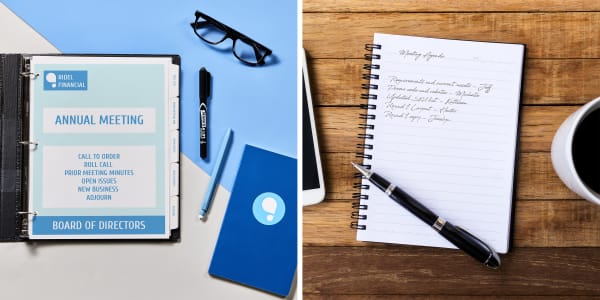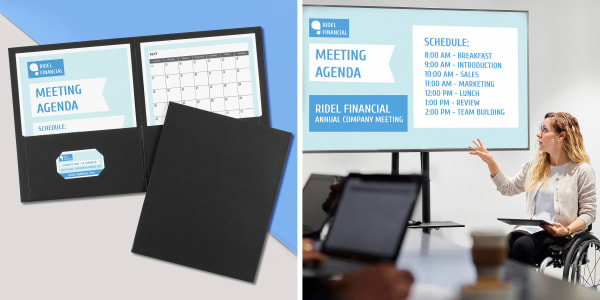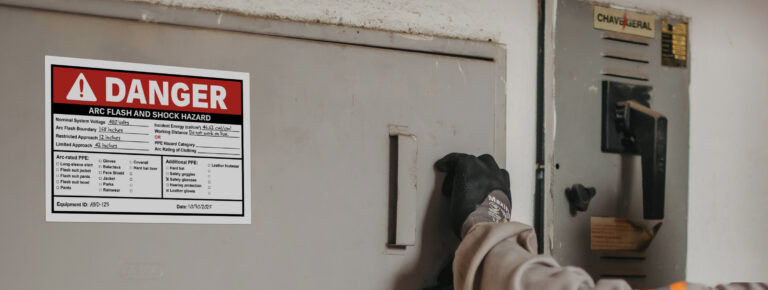
Meeting Agendas: How to Choose the Right One
Estimated reading time: 8 minutes
One size does not fit all– choosing the right meeting agenda format is key
In person, or online, a well-written meeting agenda can prevent unproductive meetings and help you reach your objectives. It sets clear expectations for attendees, keeps the discussion focused and acts as a time management tool.
Identifying what type of meeting agenda works best for the type of meeting you’re hosting will help you write better agendas, and host more effective meetings. Whether you host many meetings per week, or you’re preparing to host your first one, it’s always a good idea brush up on the fundamentals.
This article will walk you through the different types of meetings and agendas and how they work together so that you can choose the best format to meet your objectives. You’ll also walk away with a helpful step-by-step list to guide you through writing any type of meeting agenda.
More articles you might like
- 11 Pro Tips for Running a More Effective Meeting
- Your Business Cards with the Hottest Trends
- 21 Awesome Name Tag Ideas to Boost Your Next Event
4 types of meeting agenda formats/structures

For some types of meeting agendas, presentation matters, for others, not so much. Present a formal meeting agenda in a ½ inch binder with printable dividers that neatly apply all tabs at once for a clean, professional look.
1) Informal
Informal meeting agendas should not be confused with having no structure at all. Rather, the structure is incredibly simple with just the topics, presenter and time allotted for discussion of each item.
An informal agenda can be typed, sent via email or even jotted down in a notebook for you to reference while hosting.
2) Formal
Formal meeting agendas use Robert’s Rules of Order which is a manual for conducting meetings where all members’ opinions are heard and decisions are agreed upon as quickly and efficiently as possible.
A formal meeting agenda following Robert’s Rules of Order should be distributed as a typed document or PDF and includes: call to order, roll call, approval of prior meeting minutes, discussion of open issues, discussion of new business, and adjournment.
During discussion, motions are made, discussed and voted on until the assembled group has reached consensus.
3) Prioritized
Prioritized meeting agendas assign an order to topics according to importance. The topics are then discussed in this order. In general, a prioritized meeting agenda should be distributed as a typed document or email so that attendees can follow along.
4) Timed
Timed meeting agendas simply assign how much time is allotted for each agenda item and there is a commitment to stick to the time allotted. Often there is a designated time-keeper to ensure the proper pace is maintained. They are generally a typed document or PDF which is distributed among attendees.
All other meeting types can also have a timed element, for example allotting five minutes for calling a formal meeting to order or allotting 30 minutes each for the highest priority topics. However, the key difference is that the commitment to the timeline is the defining structure of a timed meeting agenda.
What type of meeting are you hosting?
Categorizing meetings into types relates directly to the purpose of the meeting. Do you need to brainstorm with colleagues for a campaign or is there a major issue in the supply chain that needs to be resolved? Or perhaps you’re just meeting to get on the same page for a project.
The most common types of meetings include:
- Status-update – aligns a team or teams
- Information sharing – one-way distribution of information
- Decision making – coming to a consensus as a group
- Problem solving – resolving complex issues
- Innovation – conceptualize and create new ideas
- Team building – facilitates collaborative work
Status-update meeting agenda

Meetings that follow a schedule should have an agenda that’s easy to circulate among attendees. Two-pocket folders with a place to insert a business card, while electronic displays provide individual and public ways to present your meeting agenda.
Status-update meetings bring together various teams/team members meet to share progress updates, discuss any challenges and review next steps. Status updates don’t need a lot of bells and whistles; they’re simply a tool for team communication.
Best meeting agenda formats: informal, prioritized or timed.
Information sharing meeting agenda
Information sharing meetings can be within the organization and/or business affiliates (e.g. presentations, town halls, investor pitches) or disseminated to an industry audience or the public (panel debates, lectures, webinars, etc.).
Best meeting agenda format: timed.
Decision making meeting agenda
Decision making meetings bring people together in order to formally agree on a decision. The scope of decisions can range from a board meeting deciding company-wide policy, to a team meeting planning a content schedule.
Best meeting agenda formats: formal (board meetings, upper management making high-impact decisions); informal or prioritized for team decisions with lower stakes.
Problem solving meeting agenda
Problem solving meetings are used to find the best solution or compromise to resolve a complex issue.
Like decision making meetings, the scope of a problem solving meeting can vary widely.
Best meeting agenda formats: prioritized or informal for day-to-day or severely time-restricted problem-solving; formal for large-scale problems that dramatically affect the company.
Innovation meeting agenda
Innovation meetings (otherwise known as brainstorming) are held to conceptualize and come up with new ideas. They can be utilized and applied to any facet of a business or organization.
Best meeting agenda format: informal.
Team building meeting agenda
Team building meetings facilitate collaborative work among employees and generally includes team-building activities to encourage socializing. Which in turn, increases employee engagement and productivity.
Best meeting agenda formats: informal or timed.
Steps for writing an effective meeting agenda
Below are general steps (in order) that you can save as a checklist for writing an effective meeting agenda. Depending on the type of meeting that’s required, there may be more or less steps, but this is a great starting point.
1) Consider your starting point.
Is this the first meeting for a new project or a new group of people? Or are you writing an agenda in order to improve meeting efficiency going forward?
If you’ve met before, review the notes and action items from the last meeting before proceeding to step two.
2) Set an objective
What is your goal, what do you hope to have accomplished at the end of the meeting?
3) Define meeting type
Based on the objective, decide what type of meeting is required.
4) Pick a format
Decide what type of meeting agenda format best facilitates the objectives.
5) Seek input.
Carefully consider who needs to be included in the meeting in order to reach your goal, then reach out to invitees for questions and other input.
6) List questions/topics
Create a rough list of topics and/or questions to address in the meeting and the purpose of each.
7) Review and streamline your list
Does everything on it serve the purpose of meeting your objective? Anything that doesn’t should be addressed elsewhere.
8) Nail down topic details
Estimate the amount of time to spend on each topic and who will lead each topic. Prioritize if necessary.
9) Finalize meeting agenda document
Once you’ve followed the steps above, you should know what type of meeting agenda will work best for you and have all the information you need to fill it out. Microsoft office has a great library of meeting agenda templates you can use to create your final document.
Hosting better meetings is a valuable business skill
In conclusion, the ability to put together and host a great meeting is sometimes an underrated skill, but it absolutely shouldn’t be. A good meeting can facilitate progress on projects, help those in key positions reach decisions, solve problems, win investors, reach new audiences and so much more.
So whether your meetings are conducted in person or online, a well-crafted agenda serves as a powerful tool to set expectations, maintain focus, and manage time effectively. By recognizing the diverse nature of meetings and tailoring your agenda to suit specific objectives, you can significantly enhance the overall effectiveness of your gatherings. Moreover, you can transform average meetings into purposeful and efficient collaboration sessions.
Share these insights with your peers and get more ideas for your business by connecting with Avery on LinkedIn. You can also join conversation on Instagram and Facebook.



